泛阿拉伯顏色
起始泛阿拉伯顏色

 白色王朝色彩,由倭馬亞王朝使用(661–750) [3]
白色王朝色彩,由倭馬亞王朝使用(661–750) [3]

使用泛阿拉伯顏色作為國旗顏色的阿拉伯国家
使用泛阿拉伯顏色作為旗幟顏色的政治團體

阿拉伯復興社会黨黨旗(叙利亚阿拉伯复兴社会党和伊拉克复兴社会党)
其他阿拉伯国家旗帜列表
其他阿拉伯國家旗幟
参考资料
- Pan-Arab Colors, crwflags.com
- Mahdi Abdul-Hadi. . passia.org. (原始内容存档于2014-05-05) (阿拉伯语). 已忽略未知参数
|url-status=(帮助) - The contrast of white vs. black as the Fatimid/Umayyad vs. Abbasid dynastic colour over time developed in white as the colour of Shia Islam and black as the colour of Sunni Islam: "The proselytes of the ʿAbbasid revolution took full advantage of the eschatological expectations raised by black banners in their campaign to undermine the Umayyad dynasty from within. Even after the ʿAbbasids had triumphed over the Umayyads in 750, they continued to deploy black as their dynastic colour; not only the banners but the headdresses and garments of the ʿAbbasid caliphs were black [...] The ubiquitous black created a striking contrast with the banners and dynastic color of the Umayyads, which had been white [...] The Ismaili Shiʿite counter-caliphate founded by the Fatimids took white as its dynastic color, creating a visual contrast to the ʿAbbasid enemy [...] white became the Shiʿite color, in deliberate opposition to the black of the ʿAbbasid 'establishment'." Jane Hathaway, A Tale of Two Factions: Myth, Memory, and Identity in Ottoman Egypt and Yemen, 2012, p. 97f.
- The Abbasid Revolution against the Umayyad Caliphate adopted black for its rāyaʾ for which their partisans were called the s. Tabari, Jane McAuliffe , 编, 28, SUNY: 124, 1995
- "Green is frequently found in Arab flags because this colour was taken by the Fatimite dynasty, which ruled most of north Africa." American Educator, New York, 1973, 7th vol., p. 131,
This article is issued from Wikipedia. The text is licensed under Creative Commons - Attribution - Sharealike. Additional terms may apply for the media files.

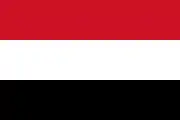
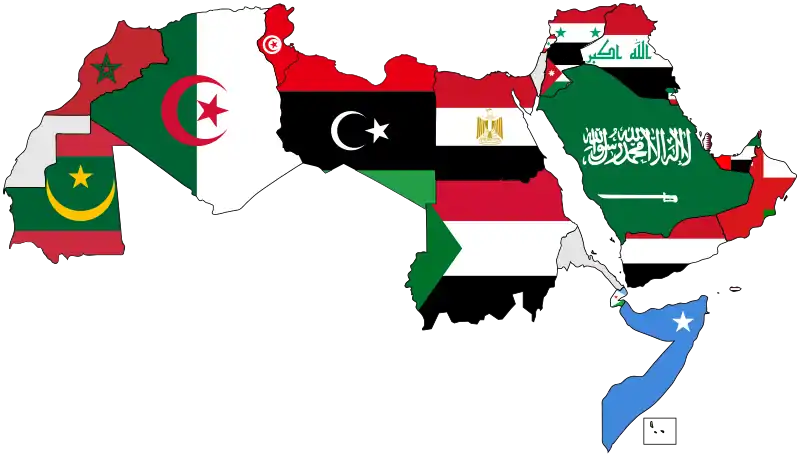

.svg.png.webp)







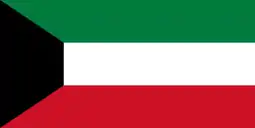

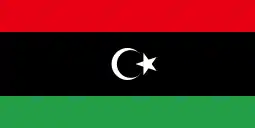
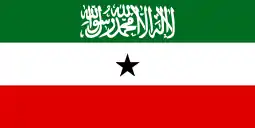
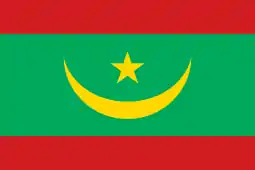

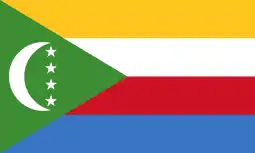
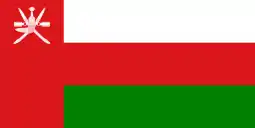


.svg.png.webp)
.svg.png.webp)
.svg.png.webp)
%253B_Flag_of_Syria_(1963%E2%80%931972).svg.png.webp)
.svg.png.webp)
.svg.png.webp)
.svg.png.webp)
.svg.png.webp)
.svg.png.webp)

.svg.png.webp)
.svg.png.webp)

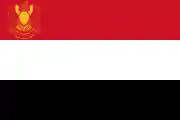
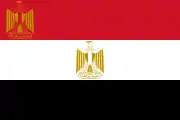


.svg.png.webp)




.svg.png.webp)


.svg.png.webp)





.svg.png.webp)
.svg.png.webp)
.svg.png.webp)
.svg.png.webp)




.svg.png.webp)
.svg.png.webp)
.svg.png.webp)
.svg.png.webp)


.svg.png.webp)
.svg.png.webp)
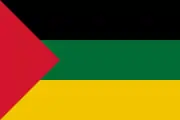
.svg.png.webp)

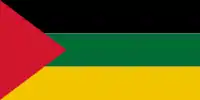

.svg.png.webp)


.svg.png.webp)
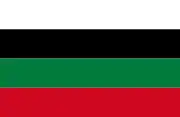
.svg.png.webp)
.svg.png.webp)
.svg.png.webp)
.svg.png.webp)

.svg.png.webp)
.svg.png.webp)
.svg.png.webp)
.svg.png.webp)
.svg.png.webp)
.svg.png.webp)
.svg.png.webp)
.svg.png.webp)

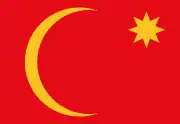


.svg.png.webp)
.svg.png.webp)

.svg.png.webp)



.svg.png.webp)
.svg.png.webp)
.svg.png.webp)
.svg.png.webp)
.svg.png.webp)
.svg.png.webp)
.svg.png.webp)

.svg.png.webp)
.svg.png.webp)
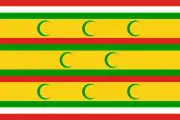
.svg.png.webp)
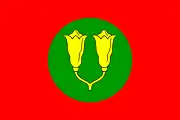

.svg.png.webp)
.svg.png.webp)